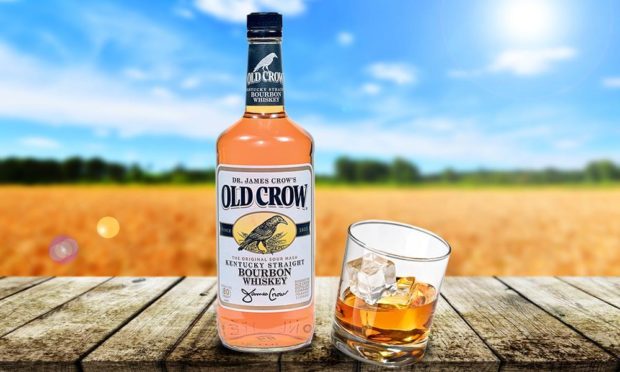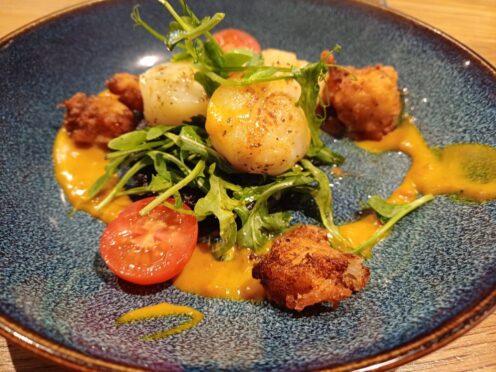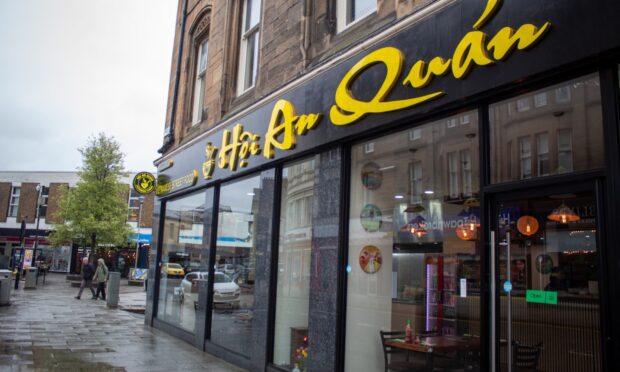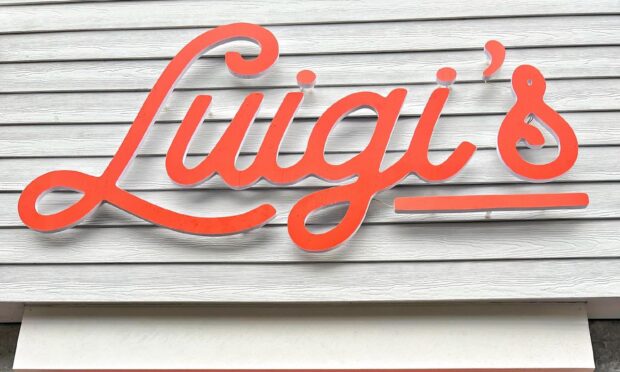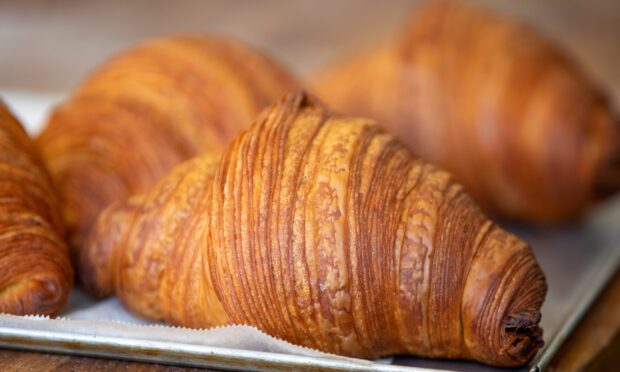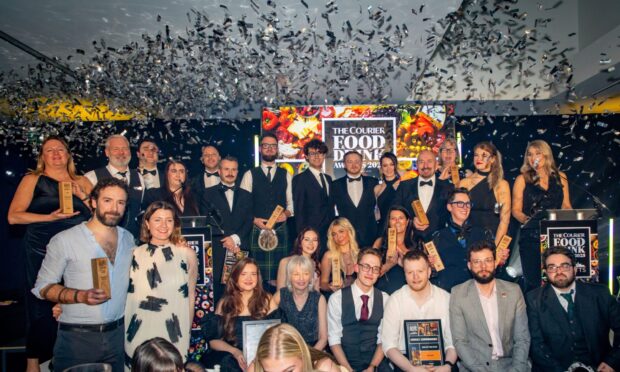Whisky writer Brian Townsend takes a closer look at Old Crow bourbon and how its Scottish creator may have had a hand in establishing America’s whiskey industry.
There is no doubt that Scots played a major role in creating America’s whiskey industry and one key name is Dr James Crow. The bourbon he created, Old Crow, is still made today although the original distillery is now a vast – and apparently haunted – ruin.
Born in Inverness in 1779, he studied medicine and chemistry at Edinburgh University, graduated aged 43 in 1822 and promptly emigrated to America. He worked briefly as a doctor in Philadelphia, then moved to Kentucky and its new, growing whiskey industry, where he worked at several distilleries including Grier’s Creek and Pepper’s.
He pioneered applying chemistry to the production, especially mashing and fermenting. Using litmus testing to check acidity and hydrometers to gauge wash strength, he improved the quality, even when produced in industrial quantities.
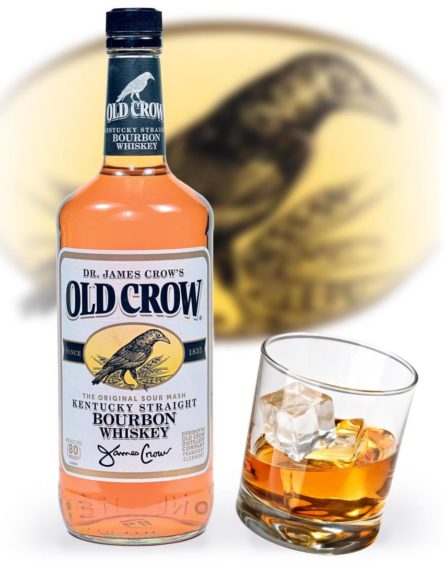
He developed the sour mash system, retaining part of a previous mash to add to the next one. His repute ensured that his name soon appeared on labels, either as Crow or Old Crow. Early labels carried his picture but later showed a crow perched on barley. Old Crow gained a great repute, its aficionados including Mark Twain, William Faulkner and General Ulysses S Grant.
Indeed, Grant drank Old Crow to excess, prompting a group of officers to ask Abraham Lincoln to sack him. He replied that he would give a bottle of Old Crow to all his generals if it made them win as many battles as Grant did.
Dr Crow died in 1856 and, after some litigation, the brand name and distilling rights passed to the firm WA Gaines who around 1860 built the Old Crow distillery near Frankfort, Kentucky. For years it was the best-selling bourbon in the US, until 1936, when distillery and name were sold to National Distillers.
In the post-war years, National Distillers blighted Old Crow, cutting costs, tampering with the sour mash formula and giving the distillery a dire record for work accidents, many fatal. It was sold to Jim Beam in 1987, who promptly closed the plant, which today lies derelict, bar one small section reopened as Glenn’s Creek Distillery.
Old Crow can still be bought today, but it is essentially the same bourbon as Jim Beam, but bottled a year younger.
